Parts of Mawng words
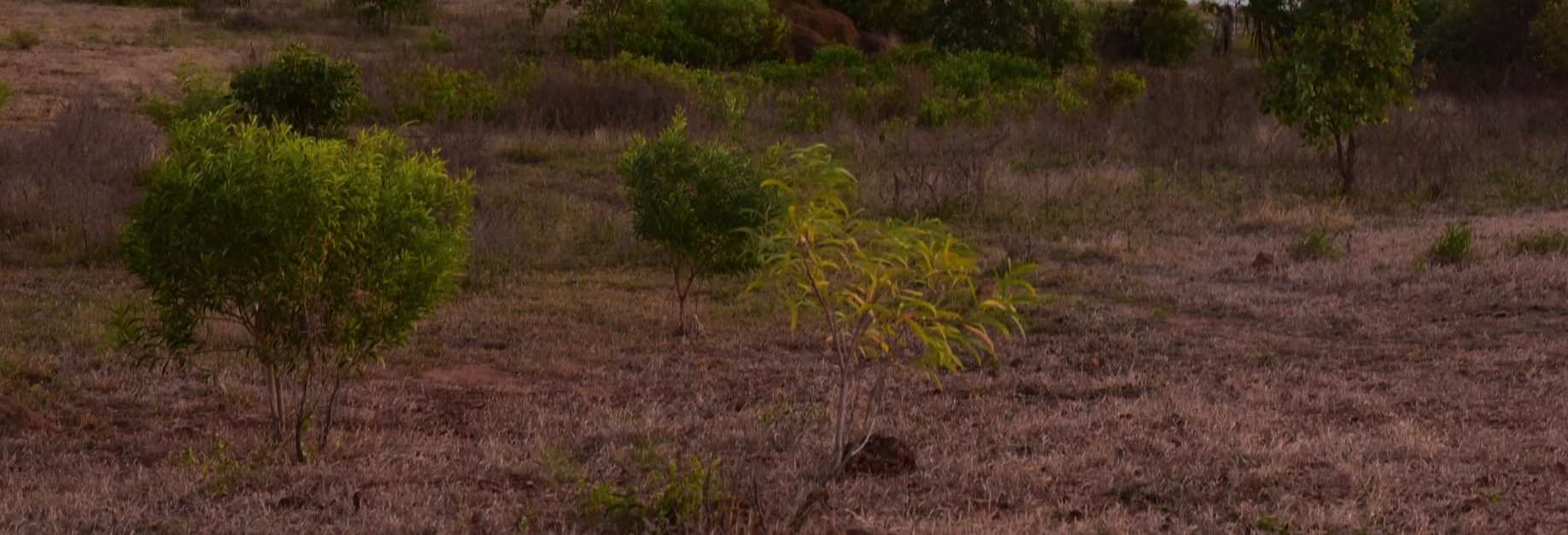
Building Mawng Words
Hover over the green words to learn more and click on the orange words in Mawng to go to the corresponding dictionary entry!
Some Mawng words are simple, like jarrang ‘horse’, but many Mawng words are made up of smaller parts. For example,
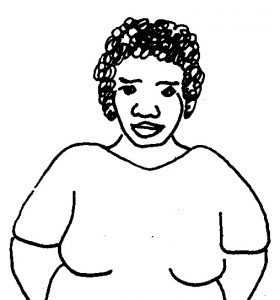
‘he’s good’ nu–malal,
‘she’s good’ niny–malal.
These two words have the same meaning but change their shape if we are talking about a man or a woman. You can find the main dictionary entry for these words under numalal, the form we use for talking about a man. People who speak Mawng can find words by remembering to look for the form used to talk about a man, or yanat ‘him’. People who are learning Mawng will need to recognise words like these and construct the form listed in the dictionary by adding the right prefix.
Nouns that have a prefix will appear in the dictionary as below, with the root in brackets:
numalal (FROM : malal) noun. MA.
Learn more about nouns in Mawng here.
Mawng pronouns and demonstratives also change their shape depending on who we are talking about.
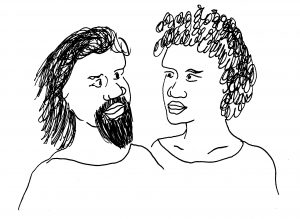
inyanat ‘she’
yanat ‘he’
manat ‘it’ (Vegetation gender).
There are five different grammatical genders in Mawng. As well as the male (Masculine) and female (Feminine) genders, like you might find in European languages, there are also the Land, Vegetation and Edible genders.
Many words, such as words for ‘this’ and ‘that’, change shape.
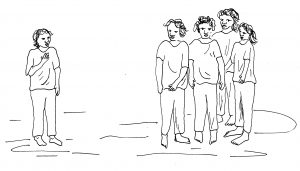
‘this man’ nuka
‘this woman’ juka
‘this tree’ we say muka.
The grouping of words into genders is not always straightforward. For example, Masculine gender forms are also used for many different things that are not human, such as songs and large animals like luluj ‘dog’.
Learn more about pronouns and demonstratives here.
Mawng verbs have many different shapes.
The form listed in this dictionary is the one you use to talk about a man, for example,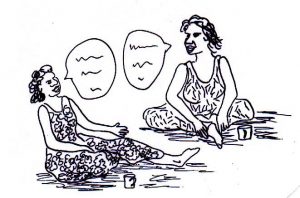
kimin (ki-mi-n) ‘he says’
kinymin (kiny-mi-n) ‘she says’.
If you start with kinymin ‘she says’ and want to know what it means, then you need to be able work out that kimin ‘he says’ is the form listed in this dictionary.
If the verb is about one person or group doing something to another person or group, then the form for talking about men will be, for example,
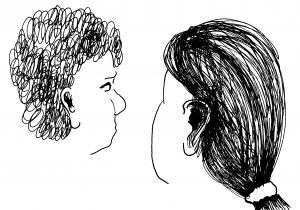
kinilartpan (kini-lartpa-n) ‘he paints him’ or
kinnyayan (kinny-aya-n) ‘he sees him’.
Therefore, most verbs in this dictionary are found under the letter K at ki…, kini…, or kinny….
Learn more about verbs here.
© Dictionary compliation, Ruth Singer and Warruwi Community 2021. Mawng speakers own the Mawng language. They also own their knowledge of plants, animals, kinship, Mawng country, customs and history which is compiled in this dictionary.
© Dictionary compliation, Ruth Singer and Warruwi Community 2021. Mawng speakers own the Mawng language. They also own their knowledge of plants, animals, kinship, Mawng country, customs and history which is compiled in this dictionary.
